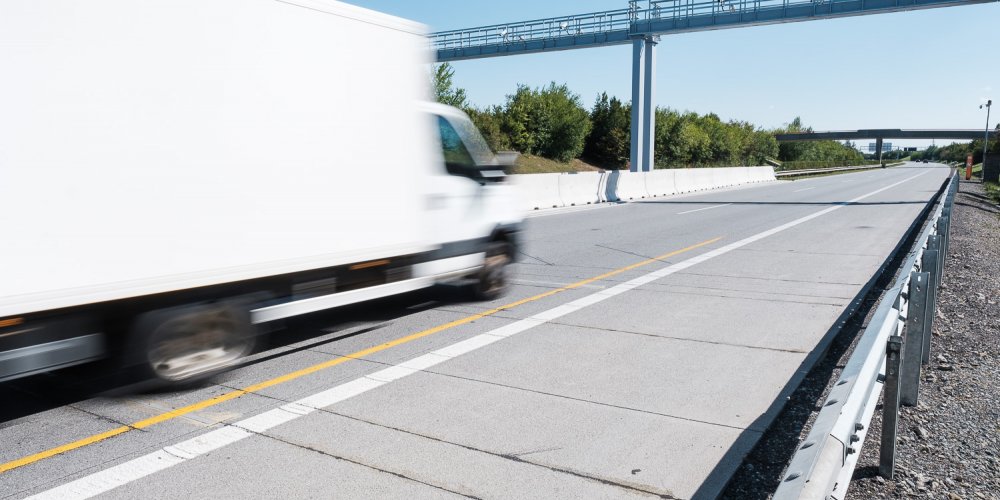CAMEA WIM Station Accuracy
A last year’s test by the Czech Institute of Metrology on an existing WIM station on a Czech highway proved that high measurement accuracy can be achieved with only 2 rows of time-tested pressure sensors.

This test consisted in measuring 3 different trucks (2, 4 and 5 axles) passing 60 times in total at 2 different speeds (45 and 85 km/h) in order to reach reasonable data validity.
Evaluation of the measurement results showed a standard deviation of less than 1.5 % and a gross vehicle weight (GVW) error of less than 2 % with an offset included. This is the result of the worst-case scenario - the passing of the 2-axle truck. The outcome is better with more axles and the accuracy could also grow with more sensor rows (more individual measurements – contacts of the vehicle with the pressure sensors).
However, statistically the above-mentioned accuracy only applies for 68 % of all vehicles (1σ – standard deviation). That is why presenting this value as the WIM system accuracy should be avoided, although this practice is occasionally seen.
Therefore, the GVW error that statistically applies for 95% of vehicles was calculated (2σ – two standard deviations), with the result not exceeding 3%, offset included. This is the confidence level usually used by vendors to show the WIM accuracy.
Necessary preconditions of the results stated above are high road quality and software capable of compensating external influences, that cause the greatest measurement error independently on the sensing technology.
Effects of Direct Enforcement WIM
5×
Lower damage to infrastructure
80 %
Significant number of violation drop in the first months
4 years
Extended road lifespan
CAMEA WIM
One overloaded truck causes as much damage to the roads as almost 30,000 passenger cars. Weigh-In-Motion by CAMEA represents a solution to this by monitoring and eliminating such trucks. In addition, it contributes to traffic fluency and road safety.